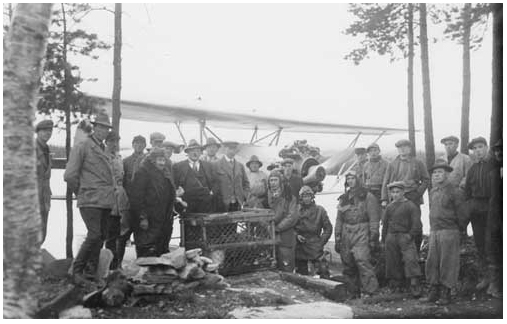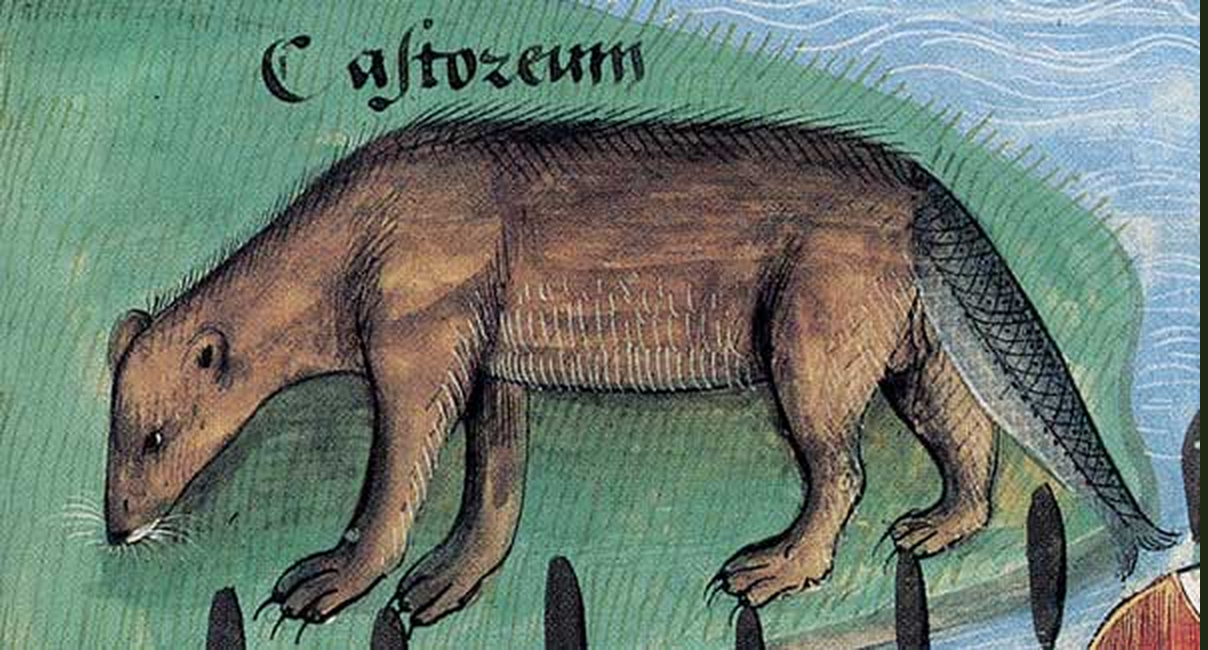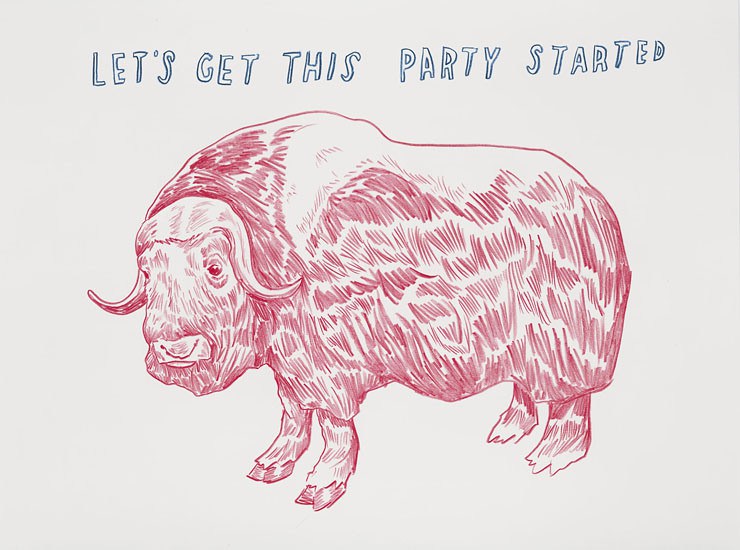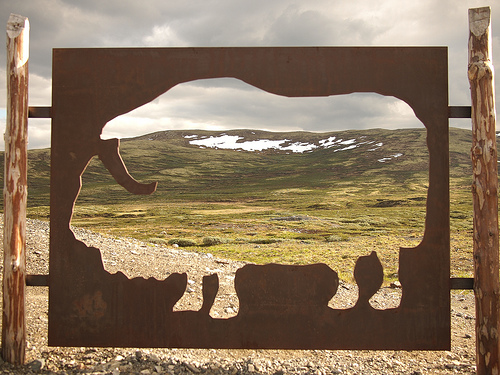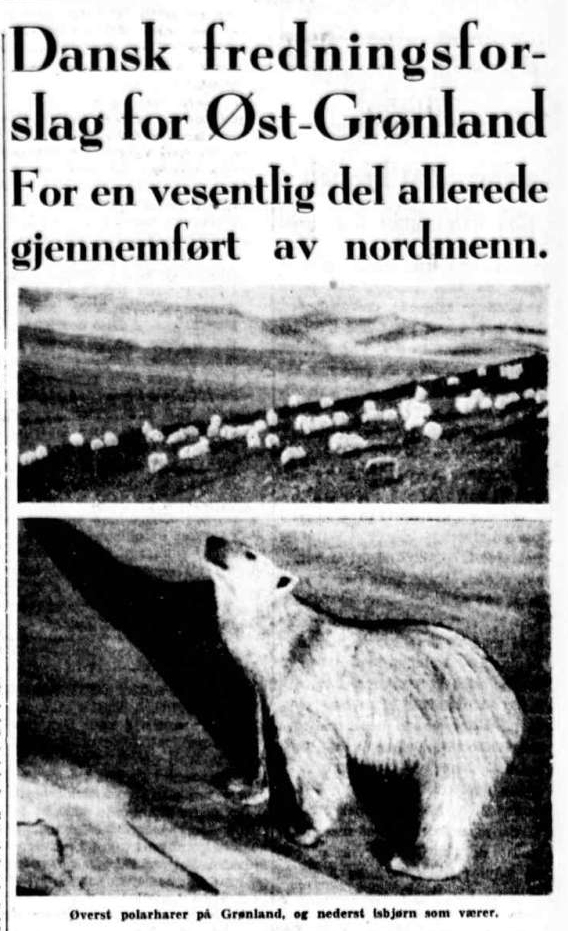talks
-
Beaver history on TV
I appeared on the NRK live broadcast television program Sommeråpent on 8 August 2017. The broadcast was at Nelaug train station in Åmli kommune. I’ve has worked on the history of beavers in Norway and Sweden and Åmli holds a special place in that history because all beavers in Scandinavia originate from there. I had the chance on the program to introduce this history, as well as the historical use of beaver products. While I was waiting for the filming to begin, I got to sit with the taxidermied beaver on a picnic bench. I had lots of kids stop by so I got to give mini-talks about beavers and…
-
Wild tourism meets local civilisation
The contemporary ‘rewilding’ movement as manifested in organisations like Rewilding Europe promotes wildlife tourism as an economic benefit for local communities. The newest Rewilding Europe target area, Rewilding Lapland, has also adopted this emphasis on wildlife watching as an alternative to other disruptive uses of the land such as intensive forestry, mining, and green energy developments which are competing economic interests in the area. As a historian, I look for historical parallels or (although I know many historians shutter at the idea) historical lessons that might shed light on potential hidden problems with contemporary developments. So when I was asked to participate in a seminar about rewilding and tourism at Dalarna University’s…
-
Learning to live in the multi-species city
We tend to think that cities, as human constructs, are the homes of humans. But they are much more than that. The modern city is actually filled with wild animal inhabitants. Squirrels, hedgehogs, pigeons, sparrows, frogs, and many more small critters live within the confines of European cities; it is their natural habitat. Livestock have also traditionally been city residents, with pigs and poultry as most common. Mice and rats receive the most frequent negative response, particularly when they take up residence inside of human houses. But in the 21st century many of the others are seen as desirable—indicators of an environmentally-friendly urban area. Our artificial structures are part of nature…

